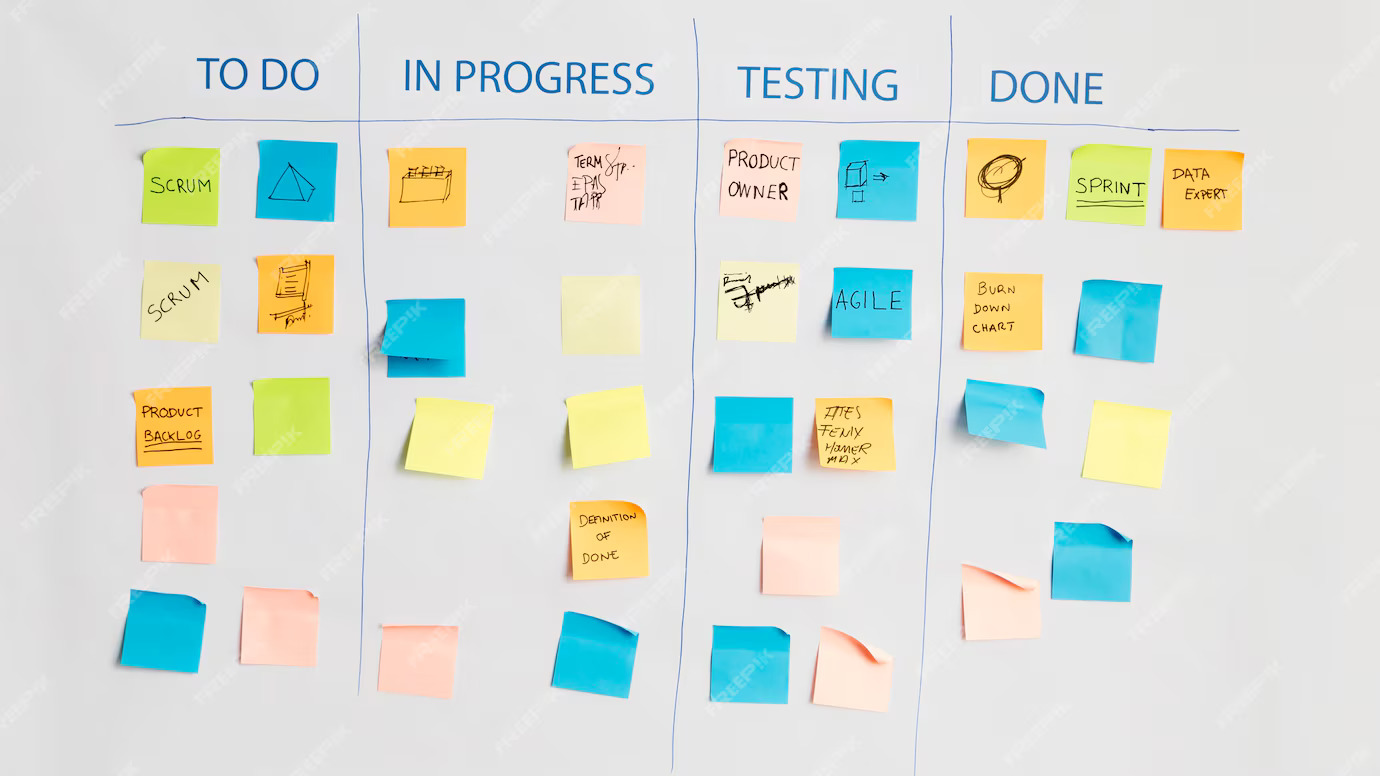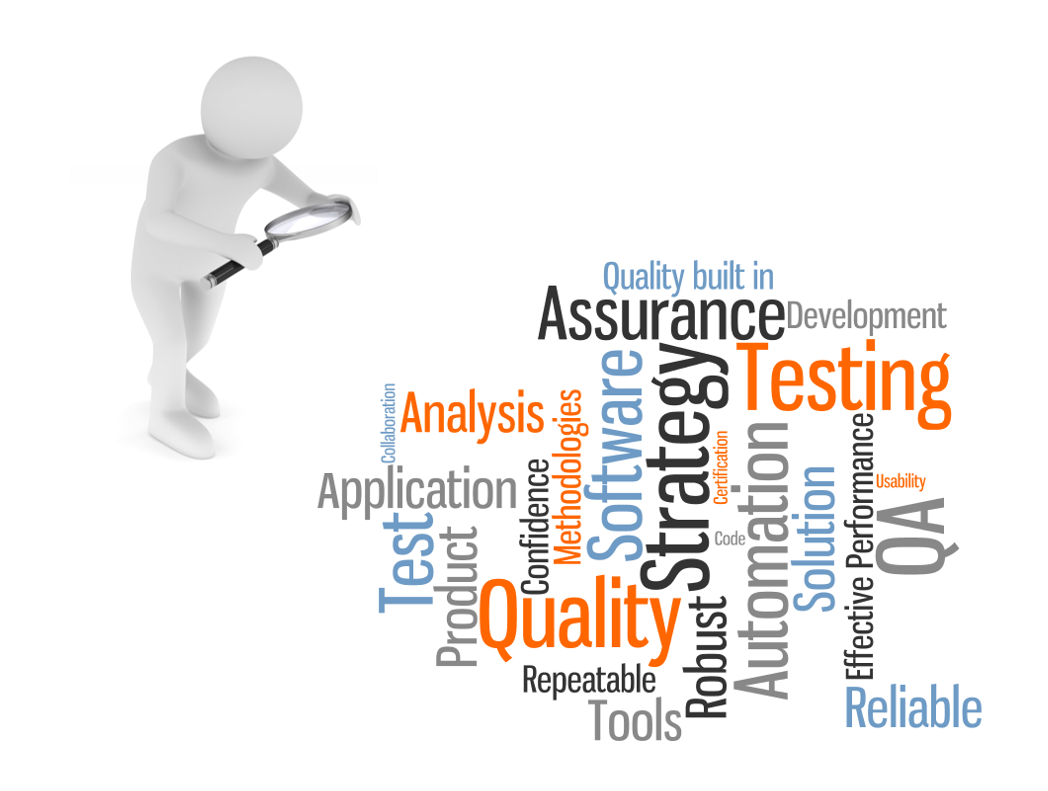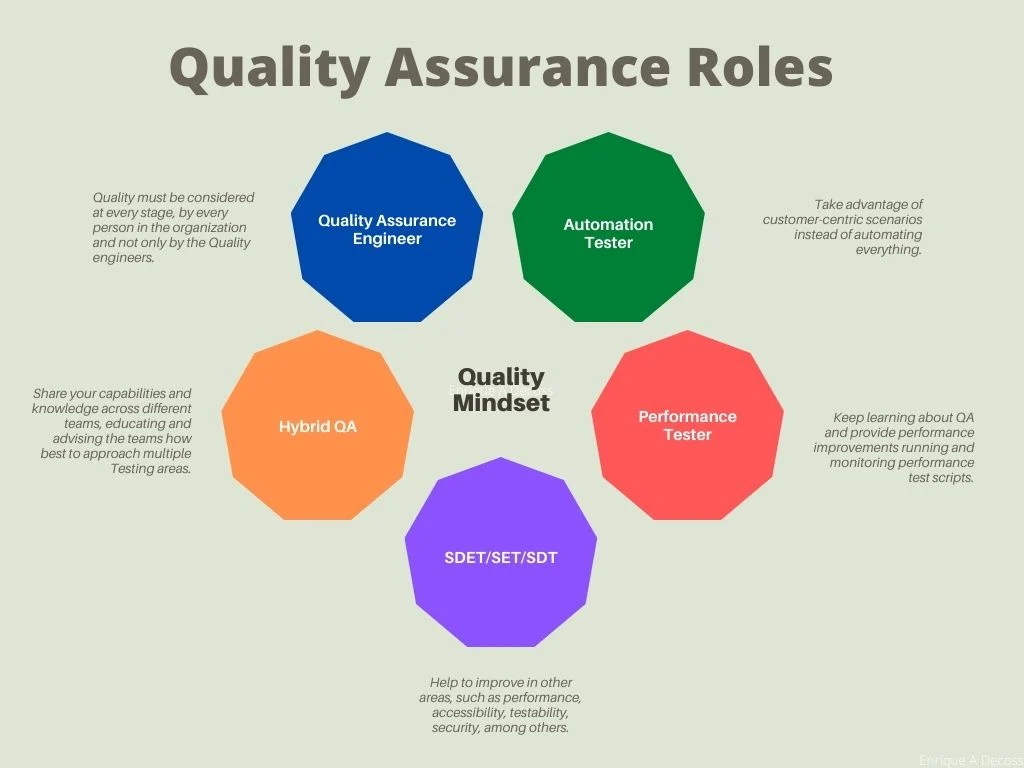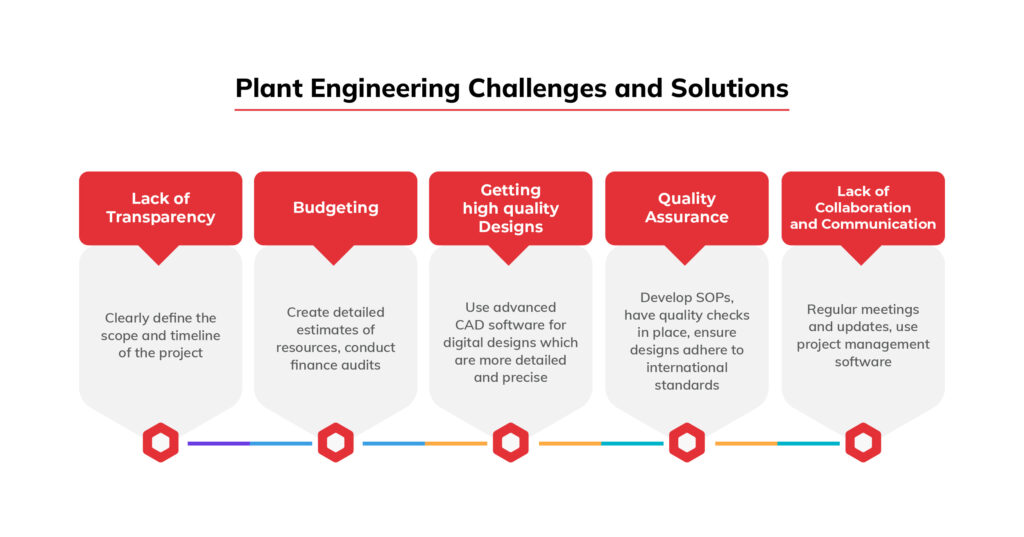PMP - Advanced Issue & Test Management
PMP is a powerful issue tracking and test management platform, offering a Jira-like experience with enhanced UI customization and user-focused features. It enables seamless bug reporting, test case management, and workflow automation while introducing exclusive features not available in Jira.
Visit website🔥 Responsibilities & Contributions
As a QA Lead, I was responsible for ensuring the stability, reliability, and performance of the system by following a structured and thorough testing approach. My major contributions included:
✅ Manual & Automation Testing: Designed and executed functional, regression, smoke, and exploratory test cases. Automated web and mobile test cases using Playwright, Cypress, Selenium & Nightwatch.js.
✅ API & Performance Testing: Validated APIs using Postman & Swagger. Performed load & stress testing with JMeter & k6.
✅ Cross-Browser & Device Compatibility Testing: Ensured smooth performance across desktop, tablet, and mobile devices using BrowserStack. Verified compatibility for iOS & Android platforms.
✅ CI/CD Integration & Defect Management: Integrated automated test execution in CircleCI. Tracked and managed issues in Jira & Notion.
✅ Performance Monitoring & Issue Resolution: Used New Relic to monitor system performance and detect bottlenecks. Analyzed logs and real-time metrics to proactively prevent performance degradation.
✅ Minor Bug Fixing & Debugging: Collaborated with developers to identify and fix minor UI/functional bugs. Performed root cause analysis to reduce recurring defects.
✅ Documentation & Release Notes: Created detailed test reports, user guides, and troubleshooting documentation. Drafted and published release notes for clients, summarizing key updates and fixes.
🧪 Testing Approach & Methodology
✔️ Functional & Regression Testing – Ensured seamless user interactions and system stability across updates.
🚀 Automation-First Strategy – Focused on scalable test automation to minimize manual efforts and increase efficiency.
🛠️ Shift-Left Testing – Integrated early-stage testing to detect defects before production.
📊 Data-Driven Testing – Validated diverse input scenarios to enhance system reliability.
🌍 End-to-End Testing – Covered UI, API, and database validation for a complete test coverage strategy.
⚙️ Performance & Load Testing – Optimized system response times and stability under peak loads.
🔄 Continuous Testing in CI/CD – Integrated automated test execution in CircleCI for rapid feedback loops.
🎯 Challenges & Solutions
🔹 Tackled flaky tests and false positives by refining test retries and enhancing debugging practices, ensuring test reliability.
🔹 Overcame lengthy test execution times by implementing parallel execution, reducing the overall testing duration significantly.
🔹 Addressed inconsistent API responses by incorporating contract testing with Postman, ensuring uniformity across API versions.
🔹 Resolved cross-platform compatibility issues by conducting thorough testing across multiple OS environments and device configurations.
🔹 Tackled performance bottlenecks by using load testing tools to simulate high-traffic scenarios and optimize the system's handling of increased user loads.
📊 CI/CD Enhancements
🔄 Incorporated automated test execution at every stage of the deployment pipeline, ensuring consistent validation throughout the release cycle.
🔄 Added pre-release smoke tests to identify issues early and prevent faulty deployments to production.
🔄 Integrated regression test suites within CI/CD pipelines, providing consistent coverage across multiple releases and ensuring new features didn't break existing functionality.
🔄 Configured real-time test reporting dashboards, offering rapid insights into issues, defects, and test progress throughout the process.
🔄 Established automated rollback strategies to quickly revert to previous stable versions in case of deployment failures.
📂 Documentation & Knowledge Sharing
📌 Created and maintained a detailed test plan, outlining testing strategies, objectives, and execution steps to guide the team through the process.
📌 Managed structured defect reports and root cause analysis documentation, offering clarity on issue origins and resolution steps for future reference.
📌 Compiled clear automation framework documentation to standardize scripting practices and ensure easy future updates and scalability.
📌 Led training sessions and onboarding workshops to align teams on testing best practices, automation techniques, and new tools.
📌 Drafted and distributed comprehensive release notes and documentation for stakeholders, highlighting the latest updates, fixes, and changes.
🛠 Tools & Technologies Used
🧪 Test Automation – Playwright, Cypress, Selenium, Nightwatch.js
🔍 API Testing – Postman, Hoppscotch, Thunder Client
🚀 CI/CD Integration – CircleCI, GitHub Actions, Jenkins
📊 Monitoring & Logging – New Relic
🔄 Version Control – Git, Bitbucket, GitHub
📋 Test Management – Jira, Trello, Notion
⚙️ Performance & Load Testing – JMeter, K6
💾 Database – MySQL, MongoDB, SQL Lite,
🌐 Cloud & Virtualization – AWS, Docker, Kubernetes.





